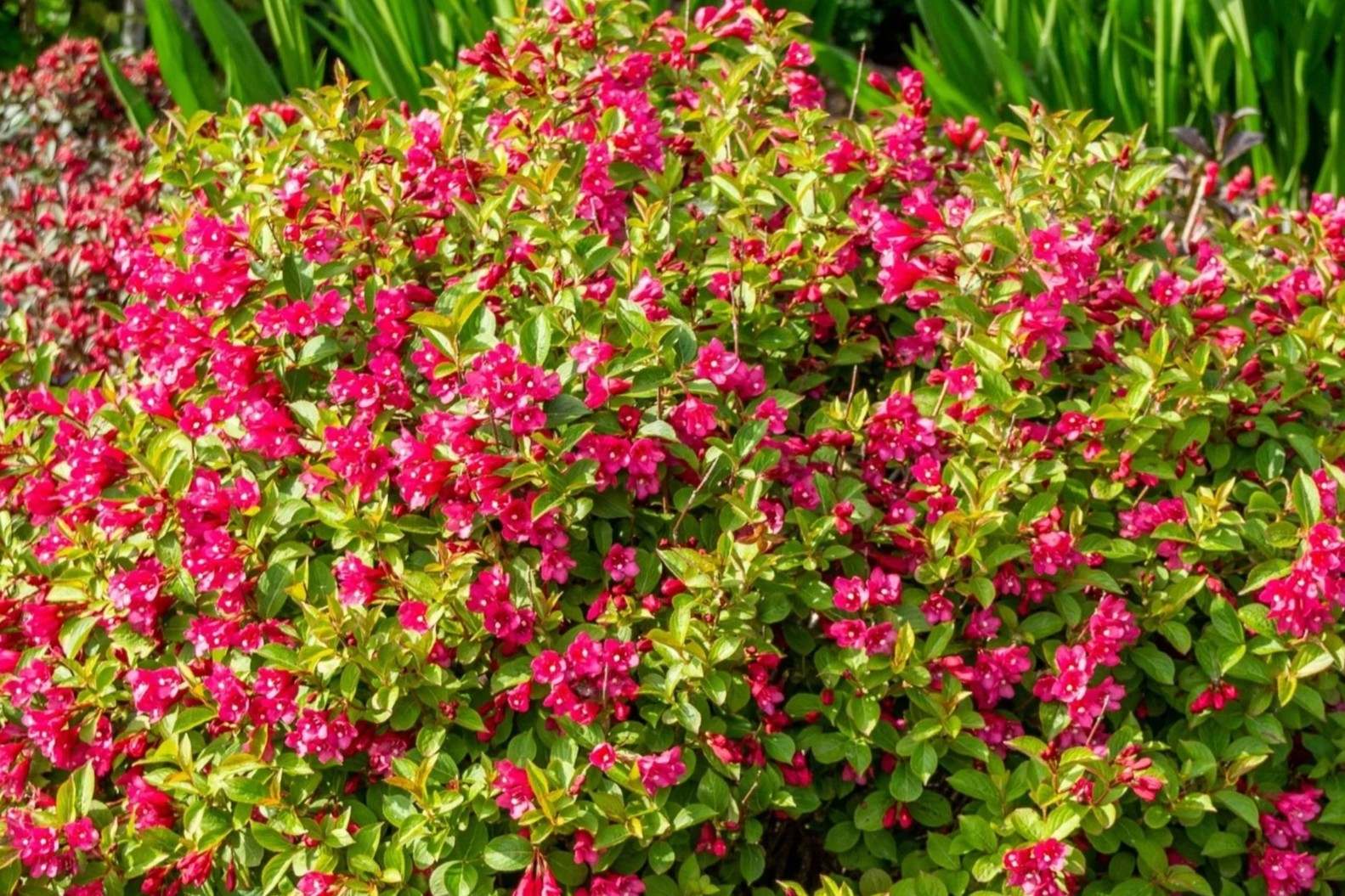
Weigela is a beautiful flowering shrub that can add a splash of color to any garden. But what makes this plant so special? For starters, it’s incredibly easy to grow and maintain, making it perfect for both novice and experienced gardeners. Weigela blooms in late spring to early summer, producing vibrant pink, red, or white flowers that attract hummingbirds and butterflies. This hardy plant can thrive in a variety of soil types and is resistant to most pests and diseases. Whether you’re looking to create a stunning hedge or simply want a low-maintenance plant to brighten up your yard, Weigela is a fantastic choice. Ready to learn more? Here are 38 fascinating facts about this versatile shrub!
What is Weigela?
Weigela is a flowering shrub known for its vibrant blooms and easy maintenance. Originating from East Asia, it has become a favorite in gardens worldwide. Let's dive into some fascinating facts about this beautiful plant.
-
Weigela is native to East Asia. It primarily grows in countries like China, Korea, and Japan.
-
Named after a German scientist. The plant was named in honor of Christian Ehrenfried Weigel, an 18th-century German scientist.
-
Belongs to the honeysuckle family. Weigela is part of the Caprifoliaceae family, which also includes honeysuckles.
-
Deciduous shrub. This means it sheds its leaves annually, usually in the fall.
-
Variety of colors. Weigela flowers come in shades of pink, red, white, and yellow.
-
Blooms in late spring to early summer. The plant typically flowers from May to June.
-
Attracts pollinators. Bees, butterflies, and hummingbirds are drawn to its vibrant blooms.
-
Grows well in full sun. Weigela thrives best when it receives at least six hours of direct sunlight daily.
-
Tolerates partial shade. Although it prefers full sun, it can also grow in partially shaded areas.
-
Prefers well-drained soil. The plant does best in soil that drains well and doesn't retain too much moisture.
Weigela Varieties
There are numerous varieties of Weigela, each with unique characteristics. Here are some popular ones:
-
'Wine & Roses' Weigela. Known for its dark purple foliage and bright pink flowers.
-
'Midnight Wine' Weigela. A dwarf variety with deep burgundy leaves and pink blooms.
-
'Variegata' Weigela. Features green leaves with creamy white edges and pink flowers.
-
'Red Prince' Weigela. Boasts bright red flowers that retain their color throughout the blooming season.
-
'Spilled Wine' Weigela. Compact variety with dark purple leaves and magenta-pink flowers.
-
'My Monet' Weigela. Dwarf variety with variegated foliage and pink flowers.
-
'Sonic Bloom' Weigela. Known for its continuous blooming from spring to fall.
-
'Florida' Weigela. One of the most common varieties, with pink or red flowers.
-
'Bristol Ruby' Weigela. Features ruby-red flowers and green foliage.
-
'Carnival' Weigela. Offers a mix of pink, red, and white flowers on the same plant.
Growing and Caring for Weigela
Weigela is relatively easy to grow and care for, making it a popular choice for gardeners. Here are some tips:
-
Plant in spring or fall. These seasons provide the best conditions for establishing roots.
-
Water regularly. Keep the soil moist, especially during the first growing season.
-
Mulch around the base. Mulching helps retain moisture and suppress weeds.
-
Prune after flowering. Pruning encourages new growth and maintains the plant's shape.
-
Fertilize in early spring. Use a balanced fertilizer to promote healthy growth.
-
Watch for pests. Common pests include aphids and spider mites.
-
Disease-resistant. Weigela is generally resistant to most diseases.
-
Can be propagated by cuttings. Take softwood cuttings in late spring or early summer.
-
Deer-resistant. Deer typically avoid Weigela, making it a good choice for areas with high deer populations.
-
Can be grown in containers. Dwarf varieties are especially suited for container gardening.
Benefits of Growing Weigela
Weigela offers several benefits beyond its beauty. Here are some reasons to consider adding it to your garden:
-
Low maintenance. Once established, Weigela requires minimal care.
-
Enhances curb appeal. Its vibrant blooms and attractive foliage can boost the visual appeal of any landscape.
-
Provides habitat for wildlife. Birds and beneficial insects often use Weigela for shelter and food.
-
Erosion control. Its root system helps stabilize soil, preventing erosion.
-
Versatile landscaping plant. Suitable for borders, hedges, and standalone specimens.
-
Long blooming period. Some varieties bloom continuously from spring to fall.
-
Fragrant flowers. Many Weigela varieties have a pleasant fragrance.
-
Drought-tolerant. Once established, Weigela can tolerate periods of drought.
Final Thoughts on Weigela
Weigela is more than just a pretty plant. It’s a hardy shrub that brings color and life to any garden. With its vibrant blooms and easy maintenance, it’s perfect for both novice and experienced gardeners. This plant attracts pollinators like bees and butterflies, adding even more life to your garden. Plus, it’s drought-tolerant and can thrive in various soil types. Whether you’re looking to add a splash of color or create a wildlife-friendly space, Weigela is a fantastic choice. So, next time you’re planning your garden, consider this versatile and beautiful shrub. You won’t be disappointed.
Was this page helpful?
Our commitment to delivering trustworthy and engaging content is at the heart of what we do. Each fact on our site is contributed by real users like you, bringing a wealth of diverse insights and information. To ensure the highest standards of accuracy and reliability, our dedicated editors meticulously review each submission. This process guarantees that the facts we share are not only fascinating but also credible. Trust in our commitment to quality and authenticity as you explore and learn with us.
